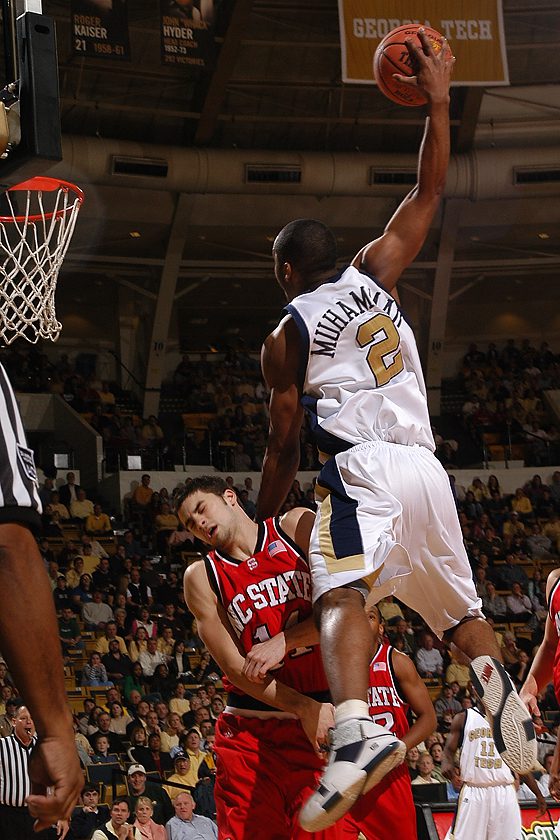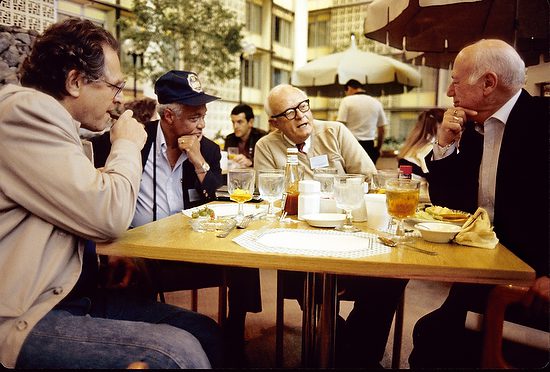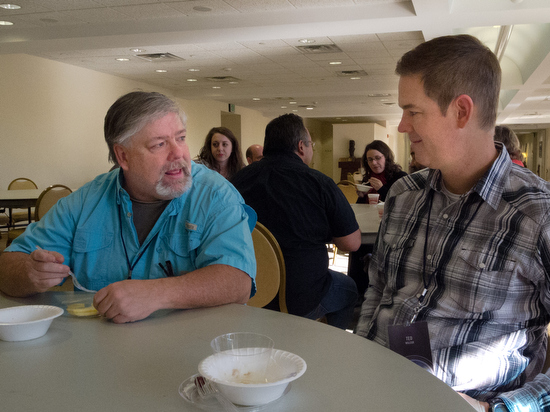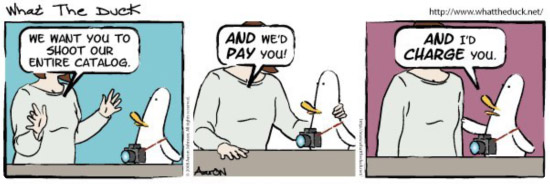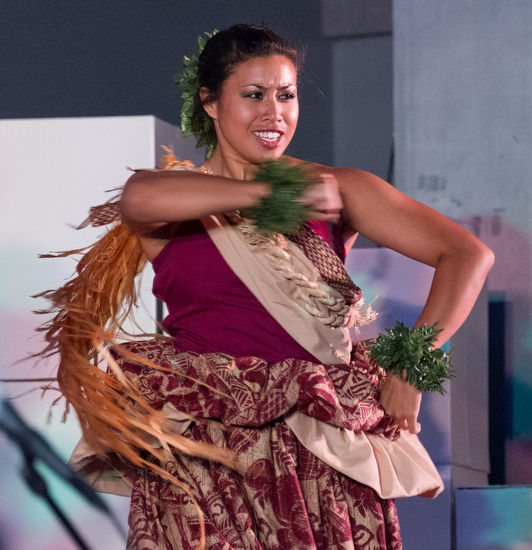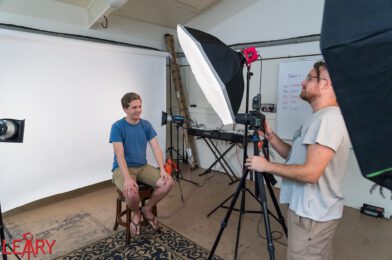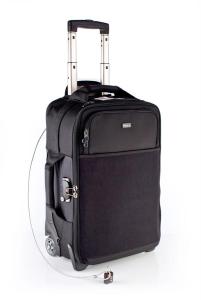 |
| Three elements I look for in sports photo: 1) The Ball, 2) The Competition & 3) Expression |
One of the more obvious moments in capturing a decisive moment in photography I think is in sports photography. Most everyone understands what the purpose of the game—scoring points.
I have written in previous posts about what I think are some key elements to some great sports photos. (Click here for that link)
Key ingredients (Most of the time)
1. The ball
2. The competition
3. Expression of the athletes
To capture these moments requires the photographer to anticipate more than just the ability to recognize the moment when you see it. The action is moving so fast in most sports that if you push the shutter button when you see it, in the time it can take to make the shutter trip to the time it captures the moment it has already passed.
Great sports photographers are the ones who consistently capture peak action. To do this a sports photographer has studied the sport, the team and the players and can anticipate those peak moments.
What about peak action outside of sports?
Henri Cartier-Bresson is credited with coining the phrase of the “Decisive Moment.” He may have been first to express it this way, but painters like Michael Angelo were painting them long before. I think one of the greatest examples of this is the painting of the Creation of Adam on the ceiling of the Sistine Chapel. Many consider this the crowning achievement of all his work.
 |
| The Creation of Adam by Michael Angelo |
As you can see in the painting you see Adam almost touching God. To me this epitomizes the concept of the anticipated moment in photography, which often is the decisive moment.
This is when the anticipation is often greater than the moment itself. It is like the effort of the basketball player as they are scoring rather than the actual point.
While we may wish to capture the moment just before people touch, the touch itself can be just as powerful of a moment.
 |
| For me this is just an average photo of the Summerall Guards performing on Corp Day Weekend at The Citadel. |
Moments are quite subtle indeed. I have written before about how the eyes are where true smiles are detected and not in the mouth.
Compare these two moments:
How do you capture the moment consistently? You have to first shoot enough to begin with. Way too many photographers never have learned to first overshoot. Before you can learn to pick your moments you must first overshoot an event.
What happens when you overshoot?
First of all, over time you will discover that technically a lot of situations just will not work. I remember when I saw things and after a while would pick up the camera and shoot these only to discover later there were things from where I was standing making this impossible to capture. Next time I saw something similar I was aware of either not making the photo or maybe doing something that would make it possible–like adding a flash.
Second, you realize their is a build up to a moment and then often just after the moment happens that the drop off is quite abrupt. In sports there is the moment of the score and seldom just after you might see a moment when say a catcher at the home plate looses the ball in the tag and therefore the player is safe. However for the most part the tagging of the player out is the moment.
 |
| Celebration after the touchdown. |
Third, you start to see another moment develop shortly after the peak and give you a second great shot. In sports this is often the jubilee shot. The celebration after the score or sometimes the defeat you see on the defense or the loosing team after a score.
Last, you learn that moments are happening all the time and you must be on your toes watching and anticipating.
 |
| I tried to capture Tommy Bassett in many different moments in a desire to show the complexity of the man. Here I have Tommy as a serious thinking and concerned person. |
 |
| Here I think I have a lighter and humorous moment of Tommy with the ladies who formed a cooperative restaurant in Mexico. |
 |
| Tommy Bassett is interpreting for our trip to visit the coffee farmers in Mexico for Just Coffee. |
 |
| This is Tommy taking photos and getting contorted to get the right moment and composition. |
When I went back through my coverage of my trip to cover the Café Justo in Chiapas, Mexico I realized I had a series of photos of our guide Tommy Bassett and one of the founders of the cooperative. I also realized that had I wanted to do a story just on Tommy I would have wished I shot even more images of him.
You need to learn to think on your feet and continue to ask what are you trying to say. What is the story? Then continue to shoot those things that will help you convey to your audience the story. Remember you need to shoot enough to capture those moments that communicate. Often these moments will have to be anticipated if you are to capture them.
Take that lens cap off your camera and get out there and start shooting.

